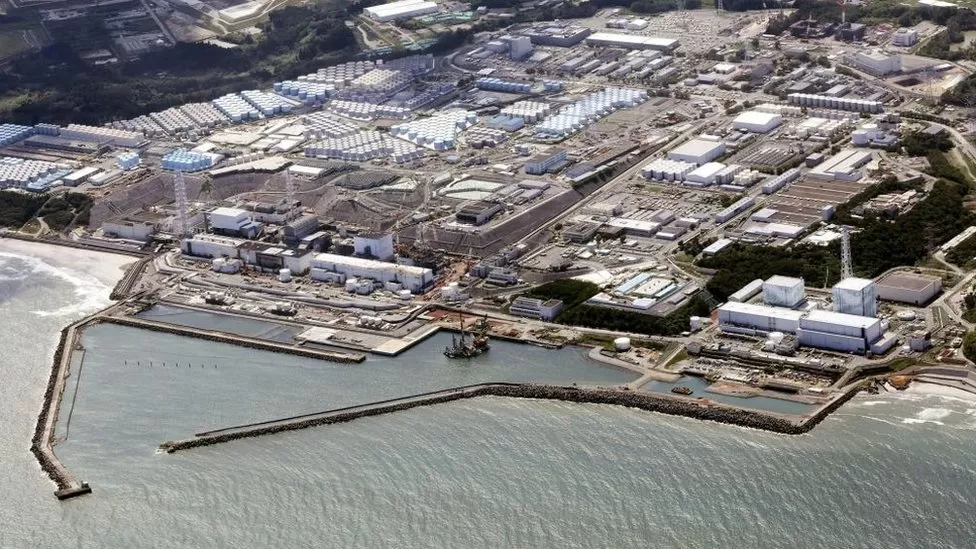On the previous Thursday, Japan initiated the process of releasing treated contaminated water from the Fukushima nuclear facility into the Pacific Ocean. This action sparked outrage in the region, resulting in protests, and prompted a response from Beijing.
China reacted by imposing a block on Japanese seafood imports. Given that China is a major purchaser of Japanese seafood, constituting a billion-dollar industry, this move is anticipated to have a considerable negative impact on Japan’s economy. Japan acknowledged that its economy would indeed suffer a significant blow due to these repercussions.
Despite this, the plan has received approval from the International Atomic Energy Agency (IAEA), the nuclear oversight body of the United Nations. Nonetheless, critics are of the opinion that more comprehensive studies should be conducted, and they advocate for the suspension of the discharge.
The process involves the gradual release of over a million metric tons of treated radioactive water from the Fukushima Daiichi nuclear power plant. This procedure is expected to span the next three decades for completion. Notably, China has consistently expressed opposition to this plan since its announcement two years ago, branding the discharge as an “extremely selfish and irresponsible act.”
Destroyed Nuclear Plant of Fukushima
The disaster was triggered by the 2011 earthquake, which was succeeded by a tsunami. Subsequently, the water became contaminated due to its interaction with the fuel rods within the nuclear reactor that was severely damaged during the earthquake. This contaminated water was then subjected to distillation.
The water came into contact with melted fuel, fuel debris, and various radioactive materials, resulting in contamination. Moreover, the nuclear power company TEPCO has been pumping in water to cool the reactor’s fuel rods. The extended cooling period underscores the significant amount of contaminated water generated by the plant, which is treated and stored in large tanks.
As #Japan starts releasing treated water from #Fukushima Daiichi nuclear power plant today, IAEA @RafaelMGrossi explains in this video how our monitoring tool provides live data on the release.
📊 https://t.co/7Z4nzqk36R pic.twitter.com/ZSVMB9hDTm— IAEA – International Atomic Energy Agency ⚛️ (@iaeaorg) August 24, 2023
This water underwent treatment and dilution through the Advanced Liquid Processing System (ALPS), a filtration method. These tanks currently hold around 1.3 million metric tonnes of water, equivalent to the volume of 500 Olympic-sized swimming pools.
These radioactive elements, or isotopes, are recognized to have adverse effects on human and animal health, potentially leading to cancer over time. To address this, the government introduced ALPS to filter out numerous of these isotopes from the water. However, Tritium, one of these isotopes, remains challenging to remove. Being a form of hydrogen found in water itself, there is no efficient method to filter it out.
Additionally, Tritium is considered less hazardous when compared to other isotopes and occurs naturally in the environment.
The United Nations nuclear oversight agency has approved a plan and said that it met global standards and predicts a “negligible” impact on people and the environment. Consequently, water containing tritium from a nuclear plant is regularly released into the ocean. Regulatory bodies endorse this approach to handle the Fukushima water issue. The process of disposing of the water will span many decades, running parallel to the plant’s decommissioning plan.
However, this strategy has encountered significant doubt and criticism domestically and from neighboring countries, including South Korea. For example, fishing associations in Fukushima are wary of the water release, fearing it could reverse the progress made in restoring their fisheries’ reputation.

